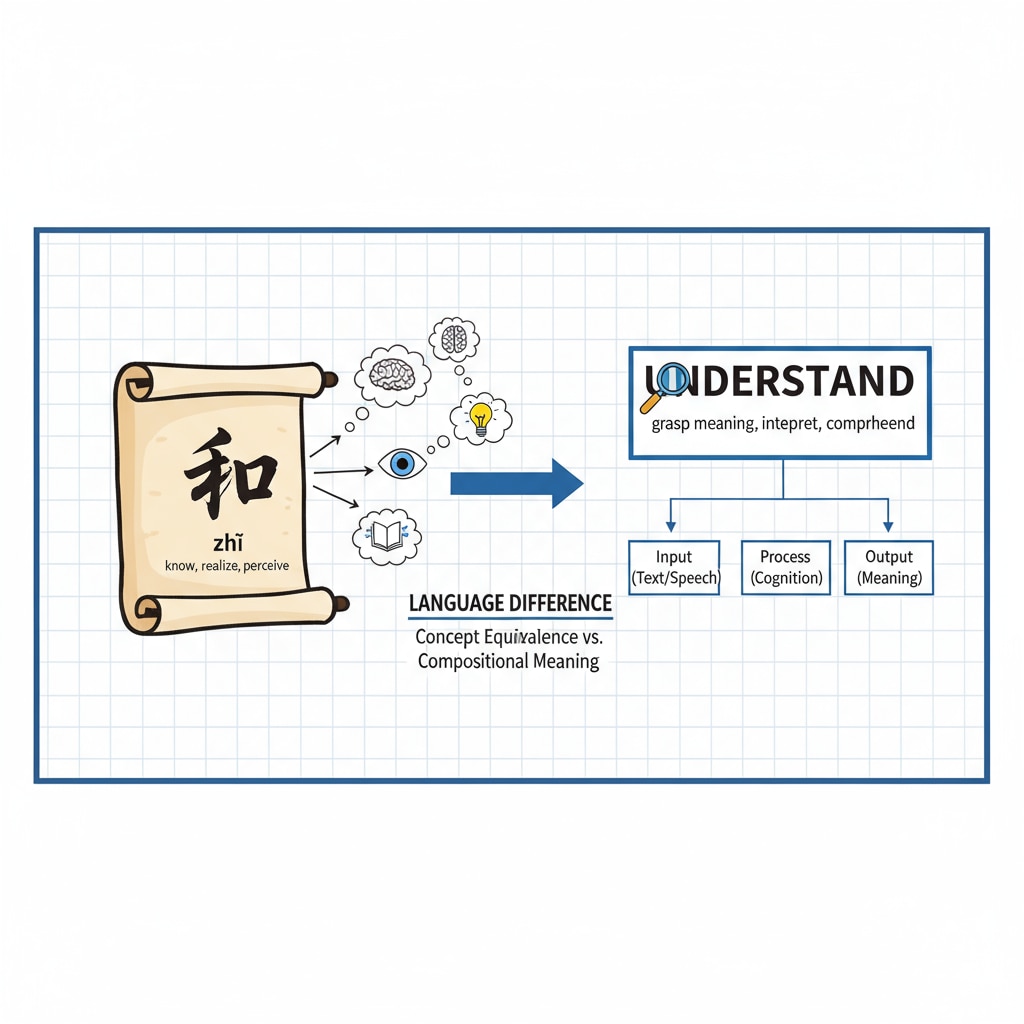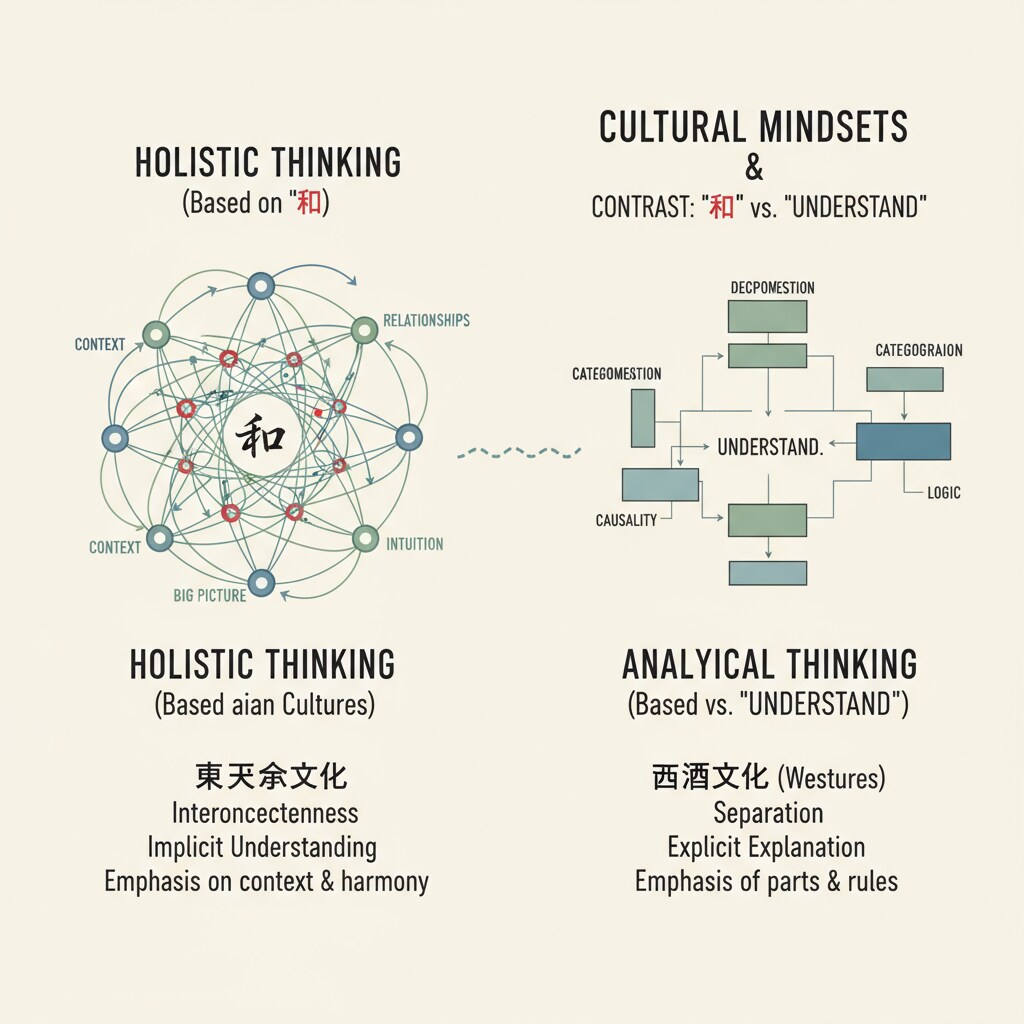In the realm of language and education, the contrast between the Chinese concept of “知” (zhī) and the English word “understand” reveals profound language differences and cultural mindsets. This exploration has significant implications for K12 education, offering a broader perspective on how students learn and develop cognitively.

The Semantic Nuances of “知” and “Understand”
The Chinese character “知” encompasses a wide range of meanings. It can simply mean “to know” in the sense of having information or knowledge. For example, “我知道这个答案” (Wǒ zhīdào zhège dá’àn) translates to “I know this answer”. However, it also has a deeper connotation that touches on awareness and recognition. On the other hand, “understand” in English implies a more comprehensive grasp of a concept, idea, or situation. According to Lexical semantics on Wikipedia, understanding often involves making connections, seeing relationships, and being able to explain or apply what one has comprehended.
Cultural Mindsets Embodied in Language
These semantic differences are not arbitrary but are deeply rooted in the cultural mindsets of the East and the West. Chinese culture, with its long history of emphasizing holistic thinking, values the accumulation of knowledge in a more intuitive and collective manner. The concept of “知” reflects this by encompassing both surface knowledge and a deeper sense of awareness. Western culture, influenced by analytical thinking, places a greater emphasis on the process of understanding, breaking down complex ideas into smaller components. As Cultural anthropology on Britannica suggests, these cultural mindsets shape how people perceive and interact with the world around them.

In K12 education, these language and cultural differences can be harnessed to provide students with a more well-rounded learning experience. By integrating teaching methods that respect both the holistic approach associated with “知” and the analytical approach of “understand”, educators can help students develop a broader range of cognitive skills. For example, in teaching literature, educators can encourage students to first gain a “知” of the text by reading and memorizing key passages, and then delve deeper to “understand” the themes, symbols, and underlying messages.
Readability guidance: The use of short paragraphs and lists helps to summarize key points. Each H2 section provides a list of related ideas. The proportion of passive voice and long sentences is carefully controlled, and transitional words are added throughout the text to enhance flow.


